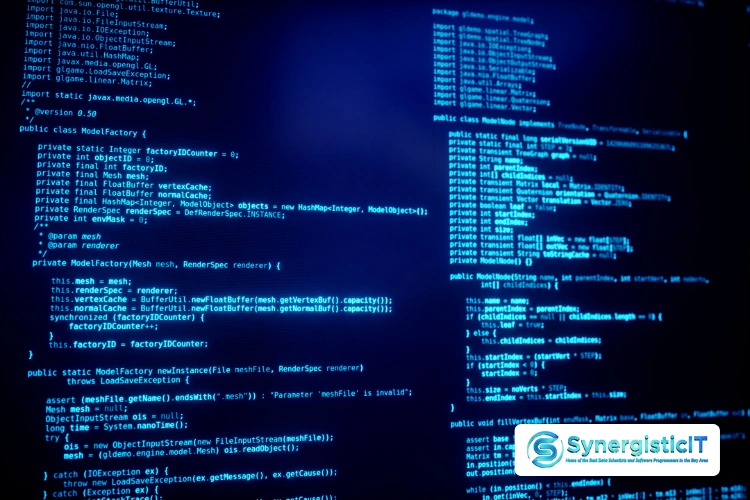 Whether you are preparing for an entry-level programming career or an advanced-level career such as a full-stack developer, software developer, or database administrator, you must be proficient in Java.
Whether you are preparing for an entry-level programming career or an advanced-level career such as a full-stack developer, software developer, or database administrator, you must be proficient in Java.
Java is a popular programming language that is recognized and used worldwide by companies. So, to help you succeed in your career, we have created a collection of all the important Java questions. These Core Java questions are essential for both entry-level and advanced roles.
The core Java questions cover every important topic right from OOPs to Multithreading, Packages, Collections, and more. So, let’s start learning with the help of our carefully created list of the most popular Core Java interview questions.

